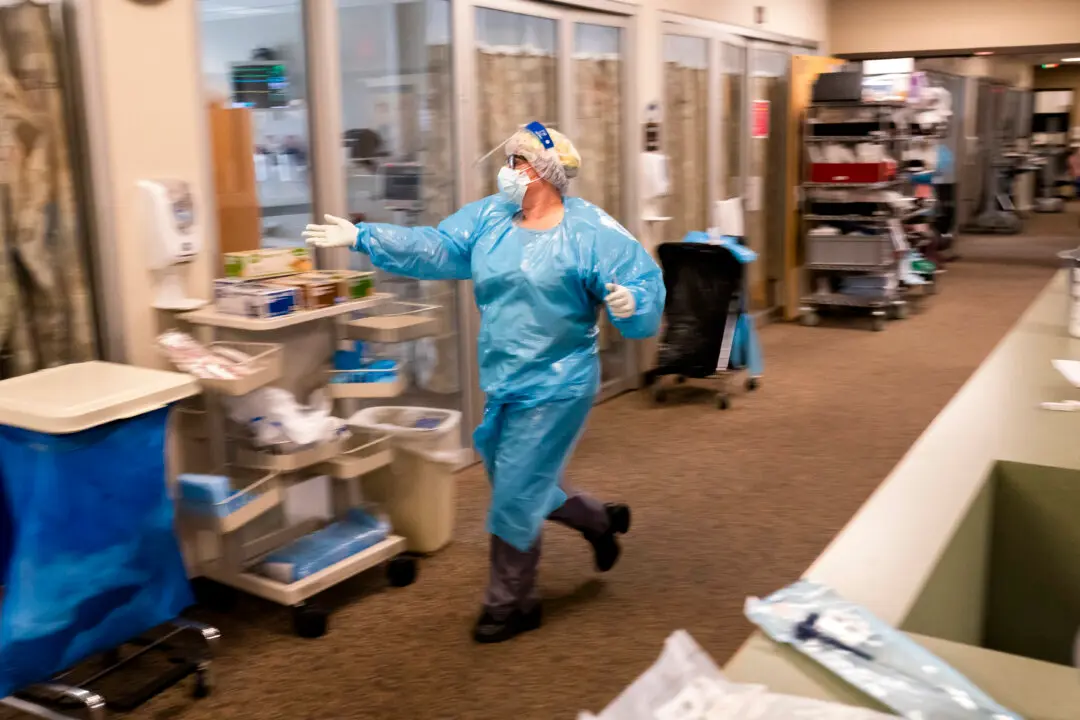Scientists believe Yellowstone’s volcano, if it erupts, will provide far less advance warning that previously believed, according to a major study. It is believed the last eruption took place about 630,000 years ago.
Researchers at Arizona State University analyzed fossilized ash and found minerals inside. From that, they believe the supervolcano woke up just two minutes after fresh magma flowed into the reservoir beneath the Yellowstone caldera, according to National Geographic.





